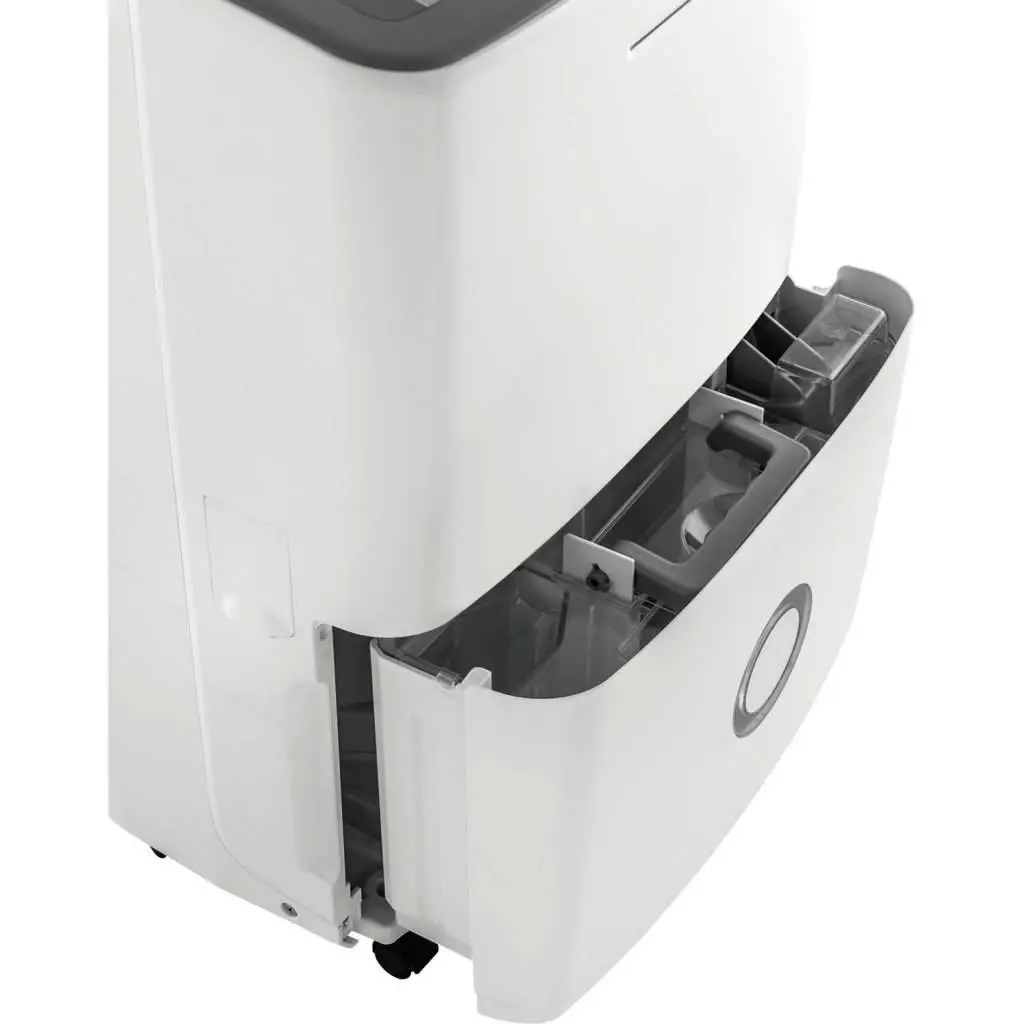Dehumidifiers are an essential part of every home with the sole purpose of maintaining a comfortable living environment through optimal humidity, whether winter or summer. Because of this, knowing how to clean a dehumidifier properly is important.
Maintaining optimum humidity in some climates can be challenging, with extremely dry and damp environments being the most difficult. Dust and dirt particles that are present in the air find their way into your dehumidifier, especially when they’re running constantly, and its these particles which affect the performance of your dehumidifier and can also begin to affect your health.
This is why dehumidifiers require periodic cleaning, so that the air filters and other components that are crucial to performance maintain their efficiency. This is the case even for the best basement dehumidifiers.
Dehumidifiers are known for being mostly maintenance free, requiring few repairs and adjustments, but occasionally there is a need for maintenance. This guide will teach you how to clean your dehumidifier with ease so that it continues to work its best.
Cleaning your Dehumidifier
The dehumidifier is a fantastic device to have in your home, especially if you live in an area that has high humidity. Humidity can lead to mold and bacteria growth which affects the air quality of your house as well as make it difficult for those with allergies or asthma sufferers. Luckily, there are some simple steps you can take to keep your dehumidifier working efficiently.
Cleaning the Filters
Cleaning the filters is the most important step in removing the dirt and dust collected by your dehumidifier. This process also involves making sure that there is no dust or debris in the air intake and outlet exhausts, which can be seen with a simple visual inspection.
If you notice any fine particles between your vents on either the front or top grills, remove them by using their release mechanism and give them a wipe down with a damp cloth.
After that, vacuum them and use steam or warm water to remove any stubborn dirt as necessary. Always make sure that they are dry before placing them back into your dehumidifier.
Read your user manual for instructions on when it is time to clean or replace your filters.
Cleaning the Water Collection Tank
Water tank cleaning and maintenance is an essential part of owning a dehumidifier. To maintain your unit, you should clean the water collection tanks frequently with soap and warm water. You can use stronger detergents, but this is usually unnecessary. You will have to remove the water bucket entirely for complete access.
When finished, you can use rubbing alcohol to remove invisible mold particles and bacteria that might be present. Once dry, it is ready for another few months of operation.
Outer Case Maintenance
Maintenance of the exterior casing is equally important since it is exposed to the atmosphere. Pay attention to the vents if you haven’t already cleaned them and wipe down each side of the dehumidifier with a warm soapy cloth.
Most of the dust, dirt and mold particles accumulate on the front, rear and underside of the unit. It's good practice to keep your devices outer surface as clean as possible especially if you have open windows for ventilation so that pollen, dust and allergens don't linger in your home.
Final Verdict
Not everyone knows that a dehumidifier needs to be inspected every month. Sometimes, the first sign of a lack of maintenance is poor performance or a dehumidifier that fails to work.
Therefore, it's best to keep your dehumidifier in the best condition possible. This guide will make sure you're performing all necessary maintenance tasks which will keep your dehumidifier working properly.

